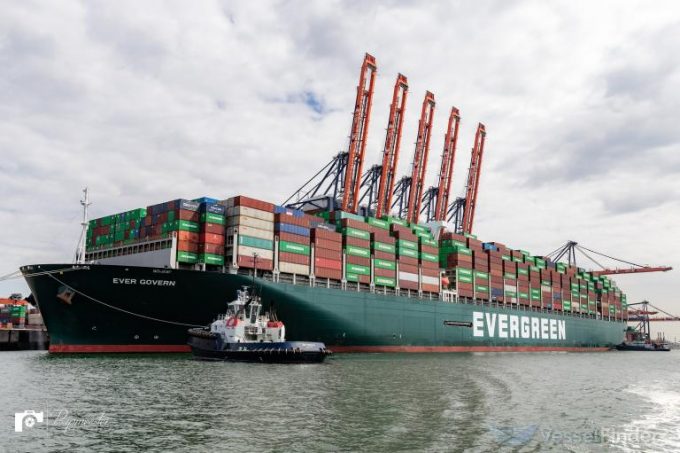Disconnect: time-charters and the freight market
Time to jump off?

Taiwanese carrier Evergreen and its Ocean Alliance partners are redeploying ultra-large container vessels (ULCVs) from the Far East-North Europe trade to the Mediterranean, in response to the Red Sea crisis cutting off much of the region’s capacity.
Since the onset of Houthi attacks on commercial shipping, the Ocean Alliance’s main east Mediterranean hub of Piraeus, which previously served as a major waypoint call on Far East vessels en route to North Europe, has found itself the end point on Asia-Mediterranean strings, ...
Volcanic disruption at Anchorage could hit transpacific airfreight operations
Macron calls for ‘suspension’ – CMA CGM's $20bn US investment in doubt
Forwarders stay cool as US 'liberation day' tariffs threaten 'global trade war'
Shippers snap up airfreight capacity to US ahead of tariff deadline
De minimis exemption on shipments from China to the US will end in May
Tighter EU import requirements proving 'a challenge' for forwarders
Looming Trump tariffs will create 'a bureaucratic monster' for Customs

Comment on this article